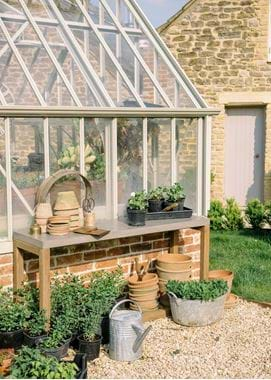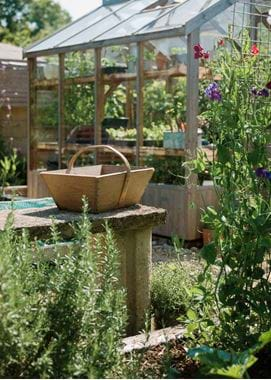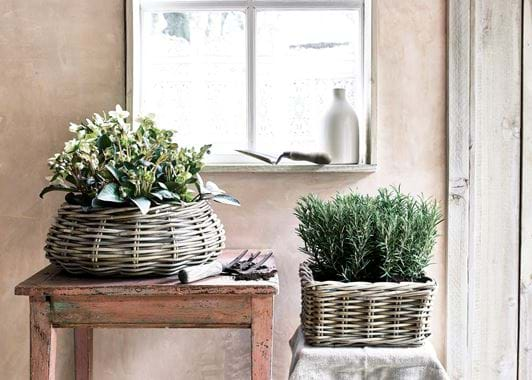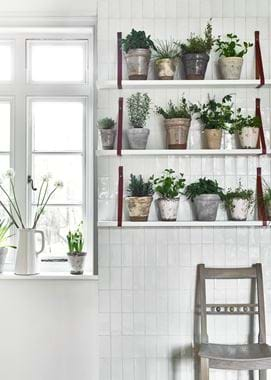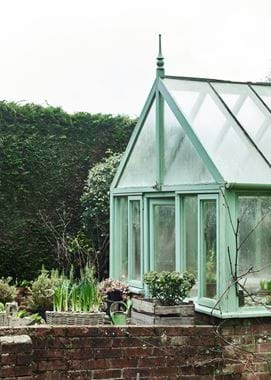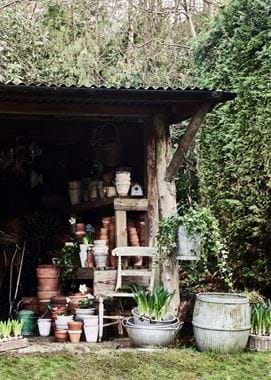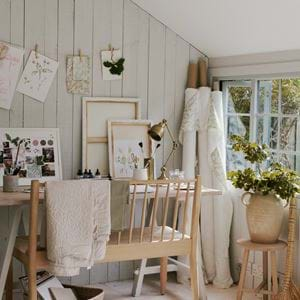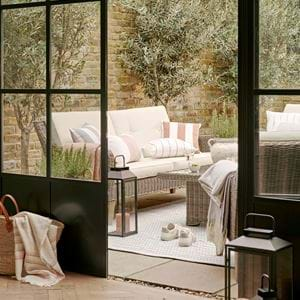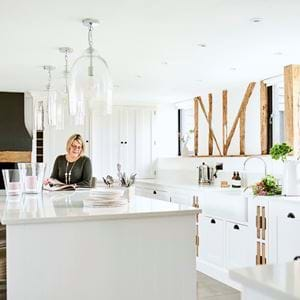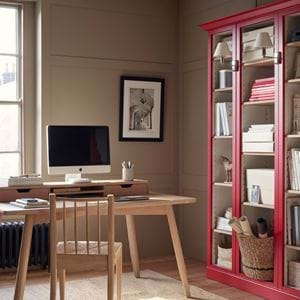Kitchen gardens: growing your first one
Kitchen gardens: growing your first one
There’s a point in summer when buying a bag of over-priced, bland supermarket salad wrapped in plastic makes you sigh for something a bit more authentic and kind to the environment. A kitchen garden, says writer Caroline Beck, can be the answer.
Growing a kitchen garden doesn’t have to mean a large, well-ordered plot that takes all your time and energy. Today’s kitchen gardens come in all shapes and sizes (yes, even a single trug or window box can count). At the RHS Chelsea Flower Show a couple of years ago, I saw at least two award-winning designs, both the size of an average urban garden, which had clever and colourful ‘living walls’ where herbs and salad leaves were grown vertically to make the most of the space.
Harvesting herbs, vegetables and fruit near to where you’re cooking and eating might be a big trend right now, but over 2,000 years ago in England, epicurean Romans were capturing the intense flavours of Italy in formal gardens full of vines, fruit trees and herbs. Fast forward to the late 17th century, and the godfather of all things good from your garden, writer and diarist John Evelyn, had just published ‘Acetaria: A Discourse of Sallets’. His recipes of unusual vegetables, herbs and roots dressed up in oil and vinegar are still revered in foodie circles today, and taste as delicious as anything rustled up by a Michelin-starred chef.
The eighteenth century was the high-water mark of the kitchen garden. Often built out of sight of the main house so the aristocracy didn’t have to actually witness any kind of brow-mopping manual labour, competition between head gardeners to get the first pineapple or bunch of grapes on the table of their affluent owners was intense. In places like Northumberland, cheap coal from the nearby mines was used to heat brick walls, so that tender crops like apricots and peaches could be ripened despite the moody English weather.
Now, a kitchen garden (or potager if you’re feeling French) is anything from a window box to an allotment, but whatever your style – formal and structured, or relaxed with upcycled growing containers – the need to grow fresh, interesting and healthy food hasn’t changed. If you’ve never experienced the deep satisfaction of snipping a few chives, some crinkled leaves of dark purple lettuce or picking sun-warmed tomatoes off the vine and putting them straight on your plate, then as someone who’s been doing this for most of her life, I can confirm the buzz never leaves you. Seeds are programmed to grow. Give them soil, water and light and they’ll do the rest.
Start simple. Buy a few packets of salad seeds like rocket, cut-and-come-again lettuce or mizuna which will keep you in salads all summer, then experiment with easy-to-grow herbs like coriander, basil and parsley. If space is really limited, use weathered terracotta pots or lead-like containers, or a zinc-lined window box, and fill with edible flowers like deep red nasturtiums and orange English marigold (Calendula officinalis). If space isn’t limited, you can mimic those home-sick ancient Romans and grow whatever takes your fancy, from rhubarb to radicchio, kale to cucumber, blueberries to broccoli.
You’ll be more experimental in the kitchen by growing things you can’t get in the supermarket, the planet will thank you for using less plastic packaging, and your well-being will improve by being outside more. Pretty soon, your garden will become your new kitchen (and supermarket).
Caroline Beck grows flowers for weddings and other events on just under an acre of land in County Durham. She’s also been writing about gardens for the likes of Gardens Illustrated, House & Garden and The Telegraph for over 20 years.

